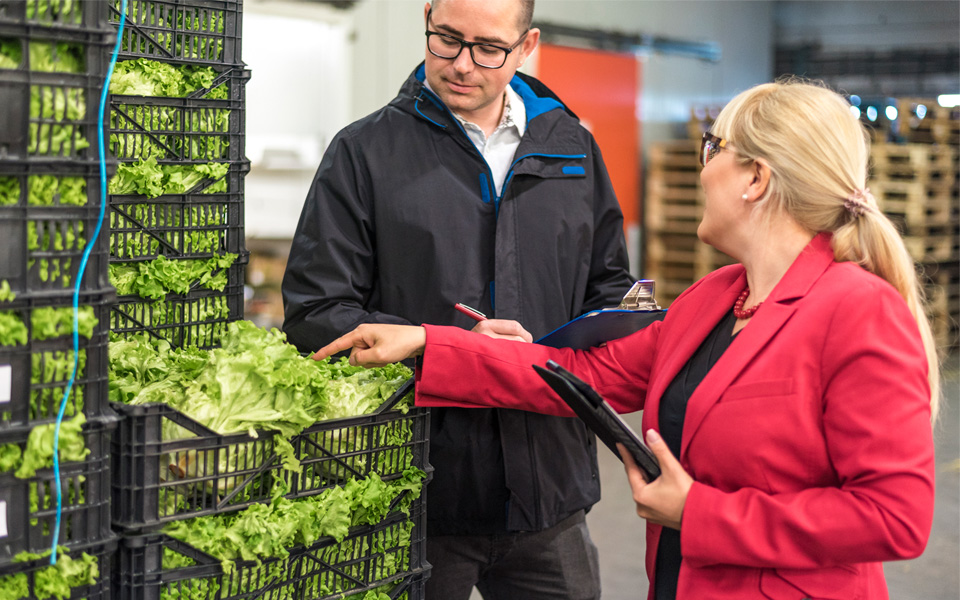Three ways restaurant operators can realize the full potential of connected controls

Food safety and quality are critical to foodservice operations, which is why the business case for kitchen connectivity tends to prioritize both. But operators who limit their use case to these factors are overlooking the potential advantages connected controls offer to their bottom line. As I explained in a recent E360 Outlook article, standard (parametric) and embedded (custom) controls with internet of things (IoT) capabilities can also serve as a catalyst for improved operational efficiencies.

The integration of standard and embedded controls is common on both the hot and cold sides of kitchen operations in order to regulate temperature and optimize performance. So it’s not a major leap to expand the application of IoT technology to reduce energy, labor and maintenance costs. Here are three ways operators can derive greater cost savings from their connected controls.
1: Reduce energy costs on the cold side
On the cold side, standard controls are typically used in a “set it and forget it” fashion. Yet advances in refrigeration control technology provide for much greater functionalities. Operators can gain real-time insights into system performance and receive alerts when temperature deviations or equipment malfunctions occur. As a result, they can address issues immediately — before they become a drag on system performance, drive up utility bills, and put food quality at risk.
Consider the repercussions of leaving a walk-in door open. This simple act can cause a chain reaction that, at best, reduces the system’s efficiency but at worst, puts the entire inventory at risk. Connected controls can issue an alert when this occurs, allowing an operator to immediately address the oversight.
2: Automate manual processes on the hot side
Embedded controls can also be connected to transform the hot side of a kitchen, such as automating kitchen preparation and implementing important checks on food safety for regulatory compliance. In connected kitchens, these controls can also collect and log Hazard Analysis and Critical Control Points (HACCP) data, minimizing manual steps and improving documentation accuracy.
Large foodservice operators can also use their connected controls to digitally push menu changes from corporate headquarters to stores across their networks. By reducing a complex, labor-intensive process to a few simple steps, these stores can cut labor costs while guaranteeing that their menus and recipes are updated quickly and consistently.
3: Build a more effective maintenance program
Connected kitchens can also provide operators with centralized control of their entire store network — from kitchen equipment to HVAC and lighting systems. With the capabilities afforded by IoT, cloud storage and analytics software, operators can monitor system performance from their hand-held devices. And just as important, they can leverage the insights available at their fingertips to create proactive or condition-based maintenance programs. In this scenario, issues can be detected, anticipated and resolved before they disrupt operations or lead to costly truck rolls.
Getting the most out of your controls
Most refrigeration equipment manufactured in the past seven years is connectable. So for operators, the question shouldn’t be “Can we do this?” but rather, “What do we want to accomplish?” By shifting the conversation to desired outcomes, operators will be better able to make the right strategic investments to gain their desired return.
The key for operators is understanding that there is no “one size fits all” solution for attaining a connected kitchen. The IoT infrastructure should be built to deliver on your desired outcomes, rather than forcing your business objectives to conform to the system architecture. At Emerson, we’re helping restaurant operators of all sizes gain the full potential of connected controls so they can better tackle their most pressing market challenges. Learn how you can get connected by contacting an Emerson representative today.

Six Ways to Reduce Food Waste by Tracking the Supply Chain
by Gerd Uitdewilligen | Cold Chain
*Emerson’s Climate Technologies business is now a new standalone company: Copeland. Over the next...

Protect Valuable Shipments in High-Crime Areas
by Lissandra Rodriguez | Cold Chain
*Emerson’s Climate Technologies business is now a new standalone company: Copeland. Over the next...

Real-time Tracking Protects Valuable Mango Cargo
by Andres Toro | Cold Chain
*Emerson’s Climate Technologies business is now a new standalone company: Copeland. Over the next...
The post Three Ways Restaurant Operators Can Realize the Full Potential of Connected Controls appeared first on Copeland E360 Blog.